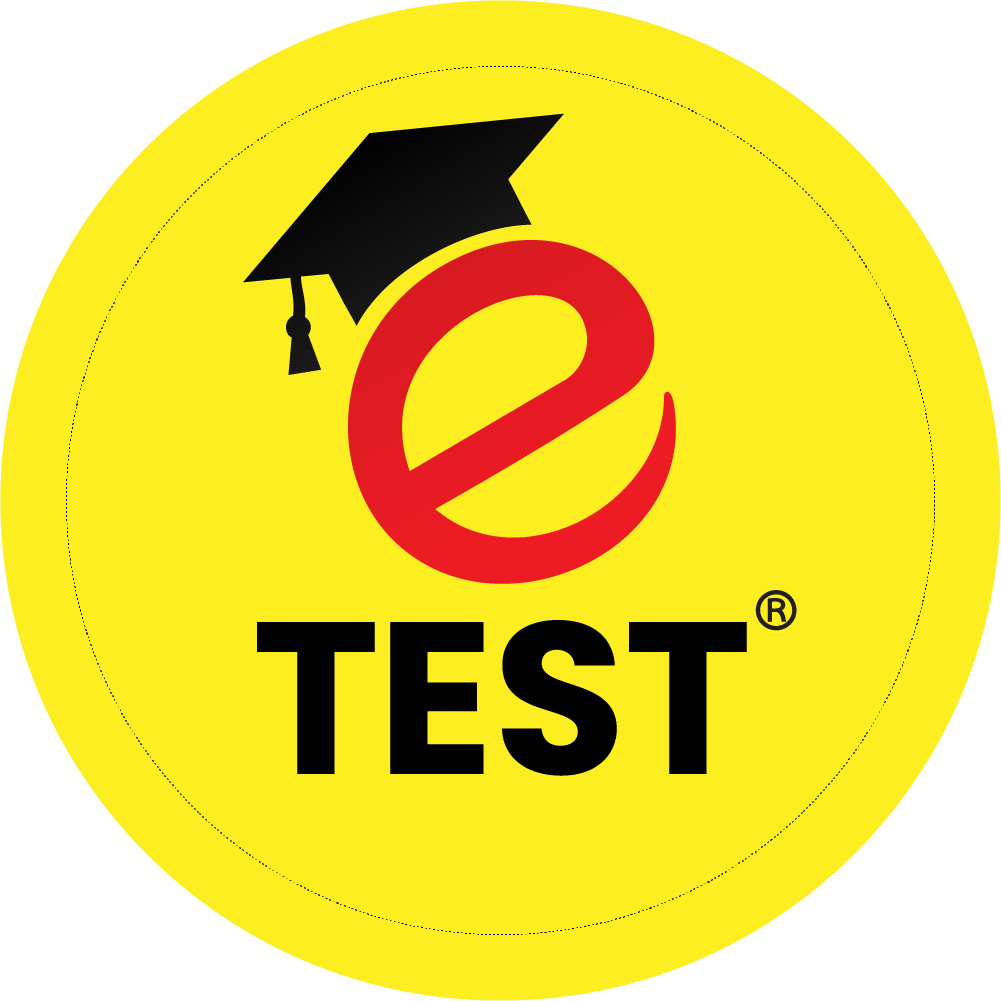- USA
- UK
- Japan
- Pakistan
- A
All Testing Services Solved Papers
When did Pakistan conduct its first nuclear test?
- 1998
- 1974
- 1969
- 1953
- a
-
India conduct its first nuclear test in 1974.
Which of the following vitamins maintains normal clotting of blood?
- Vitamin C
- Vitamin B
- Vitamin A
- Vitamin K
- d
-
Vitamin A Eye Sight
Vitamin B Prevent Infections
Vitamin C Growth
Vitamin D Bones
A device which encodes characters by the depression of keys is known as:
- Printer
- Keyboard
- Mouse
- Monitor
- b
Yousaf (A.S) was remained in the well for:
- 06 Days
- 05 Days
- 04 Days
- 03 Days
- d
Two Pakistani test Cricketers have got out on 199 runs. One of them was Younas Khan who was the other?
- Javed Miandad
- Hanif Muhammad
- Mudassir Nazir
- Majid Khan
- c
Complete the number series 4,9,13,22,35………
- 67
- 57
- 83
- 75
- b
-
4+9=13
9+13=22
13+22=35
22+35=57
When was the Unionist Party was founded in:
- 1920
- 1923
- 1926
- 1928
- b
-
Its was founded by Sir Fazli Husain, Sir Chotu Ram and Sir Sikandar Hayat.
Allama Iqbal awarded the Title of “Sir” in:
- Mumbai
- Lahore
- Karachi
- Ali Garh
- a
-
Allama Iqbal was awarded with the title of “Sir” in 1922.
The First Airline of Pakistan was:
- Pak Airway
- Orient Airways
- PIA
- Air Blue
- b
-
It flew from 1947-1955.
